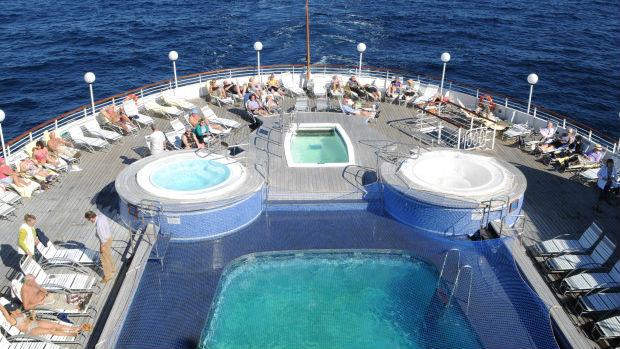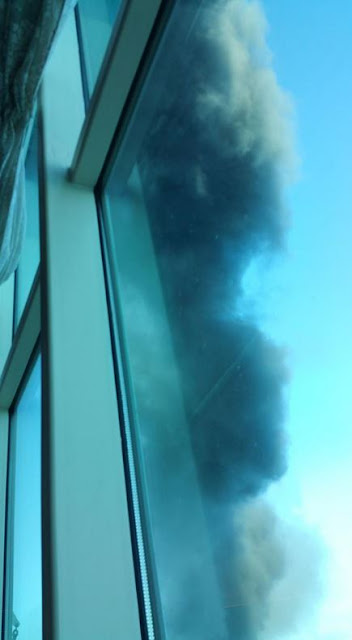The
Occupational Safety and Health Administration is reviewing procedures
at a Frederick tire shop following the death of an employee on July 15.
Herb Gibson, area director for the OSHA Denver Area Office, said his
agency came on site at B.K. Tire Inc., 3775 Puritan Way, shortly
after the
.
Gibson said the inspection could take two months to complete, because OSHA employees want to do a thorough investigation.
He said OSHA has not had any prior inspection activity at the business.
Police investigating the incident say that Marshall had been airing
up a semitrailer tire when a failure occurred and he was struck in the
head by the tire and rim.
He was pronounced dead at a Denver hospital shortly after the incident.
Gibson said OSHA investigates any fatality at a business, and
employers are required to report any hospitalizations or amputations
that occur.
By John BearStaff Writer
Posted:
07/21/2015 07:31:10 PM MDT | Updated: a day ago

Eric Hayden Marshall (Courtesy photo)
A
21-year-old Dacono man died last week after what an official called
an "industrial accident" at the Frederick tire store where he worked.
Eric Hayden Marshall was pronounced dead July 15 at Denver Health
Medical Center after being struck by a tire and wheel as he inflated
the tire at B.K. Tire Inc., 3775 Puritan Way, the Weld County Coroner's
Office said in an email Tuesday.
A Frederick police report said Marshall had been inflating a
semitrailer tire when a failure occurred and knocked him back 15 feet.
An investigator also found pieces of a broken air chuck next to the tire
and wheel.
The tire, which was used, appeared to officers to have been damaged
prior to the incident based on "blemishes" found by police, although an
investigator noted that some scuff marks probably came from the tire
popping off the wheel.
A representative of B.K. Tire declined to comment Tuesday but,
according to the report, the store owner told police that the blemishes
on the tire must have come from the tire blowing off the wheel as it was
being inflated.
The tire had become partially dislodged from the wheel, the report said.
An officer responded to the tire store shortly before 5 p.m. and
found paramedics tending to Marshall — who had been struck in the head —
on the floor of the service area, the report said.
Marshall was airlifted to Denver Health Medical Center, where he was
pronounced dead shortly before 6:30 p.m., according to the report.
Frederick Police Chief Gary Barbour said Marshall's death was "purely
an industrial accident," and the investigation has been turned over to
the coroner and the Occupational Safety and Health Administration.
OSHA did not respond to requests for comment Tuesday.
Eric's brother, Dean Marshall, of Dacono, said his family is "doing
all right" and has been receiving a lot of help and support from family
and friends.
Dean said his brother liked to hang out with friends, ride dirt bikes
and motorcycles and work on an old Chevy Nova that he owned.
"Whenever you needed him, he'd be there," Dean Marshall said. "He always wanted to help anyone he could."

















 A
trio of environmental groups filed a lawsuit against the U.S.
Environmental Protection Agency over a lack of regulations for chemicals
released by industrial facilities.
A
trio of environmental groups filed a lawsuit against the U.S.
Environmental Protection Agency over a lack of regulations for chemicals
released by industrial facilities.















